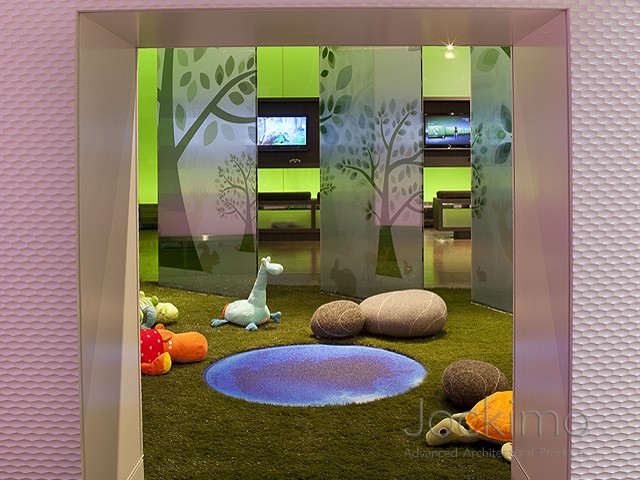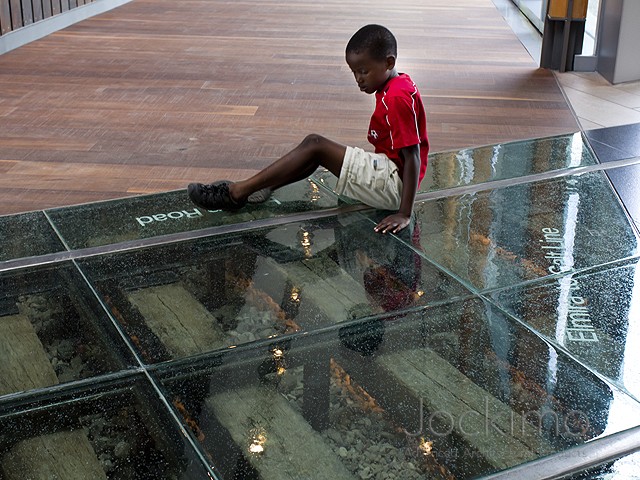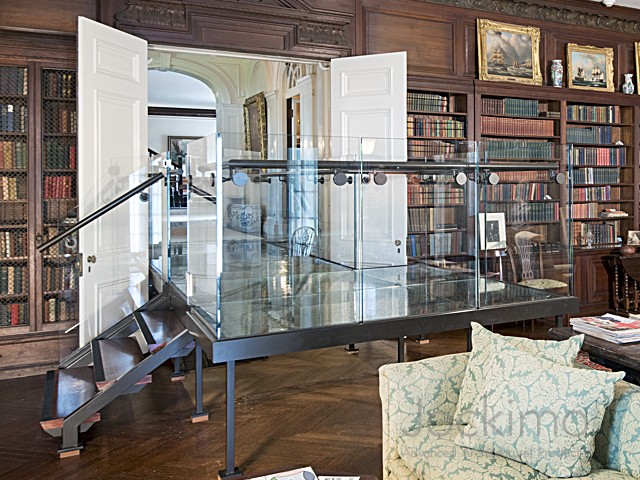- Details
4 Reasons Museums Should Consider Glass Flooring
Museums are important buildings. They provide people of all ages with spaces to explore, learn, and appreciate cultural or historic milestones and artifacts of lasting value and significance. Given how important the items inside these buildings are, it stands to reason the buildings themselves should be equally interesting, engaging, and beautiful. Here are four key reasons new museums or museums about to undergo renovations should consider incorporating architectural glass flooring.
1. Add Visual Interest to the Building Itself

Glass Flooring within the Aspen Art Museum (Aspen, Colorado)
Whether a museum houses art or items of historical significance, people go to these spaces to learn, to be inspired, and to be reminded of the great achievements of humanity. The exhibits within the museum don’t have to be the only inspiring elements, though.
By incorporating glass flooring into the building itself, patrons and visitors can be treated to a physical space that is also interesting and moving and every bit as unique as the exhibits which it contains.
2. Provide Interactive, Interesting, Engaging Elements for Children

Interactive Liquid Lava™ Tiles at the Microsoft Museum (Seattle, Washington)
Museums geared toward children are often built to be interactive, hands-on, and visually interesting. Glass floors and incorporated glass elements can help achieve that aim. Our modular panels called Liquid Lava™ contain sealed liquid that moves, disperses, and swirls when pressure is applied. When adding these tiles into a space meant for children, it’s a built-in element that can draw little ones into the museum’s material and encourage them to engage with the space.
3. Reveal What’s Beneath the Surface

Glass Floor at the Waterloo Region Museum (Ontario, Canada)
Not every museum has something of historical or cultural significance just below the floorboards, but for museums looking to highlight original building foundations, historic infrastructure, or even ancient ruins, glass flooring is a fun, unique, beautiful, and effective way to showcase this feature. It’s also a safe way to preserve the artifacts while still allowing all visitors full visual access.
Glass flooring helps museum patrons feel they’ve had an up-close-and-personal interaction with the space, and this creates a more lasting, impactful visit.
4. Lend Any Museum a Modern Aesthetic

Franklin D. Roosevelt Presidential Library and Museum (Hyde Park, New York)
Whether the museum is being built from the ground up or it’s undergoing a significant renovation, using architectural glass flooring lends the space an immediate sense of modernity. Glass is a sleek, contemporary, and sophisticated building material, and its use in a museum gives the area a timeless look.
Paired with an overtly historical setting, such as the FDR Presidential Library and Museum, it can also make for a visually intriguing contrast and a heightened feeling that the space has undergone a clean, fresh overhaul.
See Our Museum Portfolio
Interested in more ideas about how architectural glass can be incorporated into museums?
Looking to renovate an existing museum? In the design phase of building a new museum? If you have any questions, reach out. We’ve worked with designers and architects to create these spaces across the nation. We know the challenges and hurdles of working through these kinds of projects, and we’re always happy to lend our expertise!

